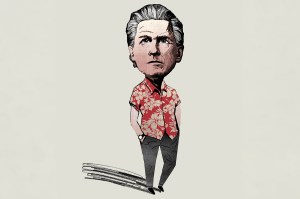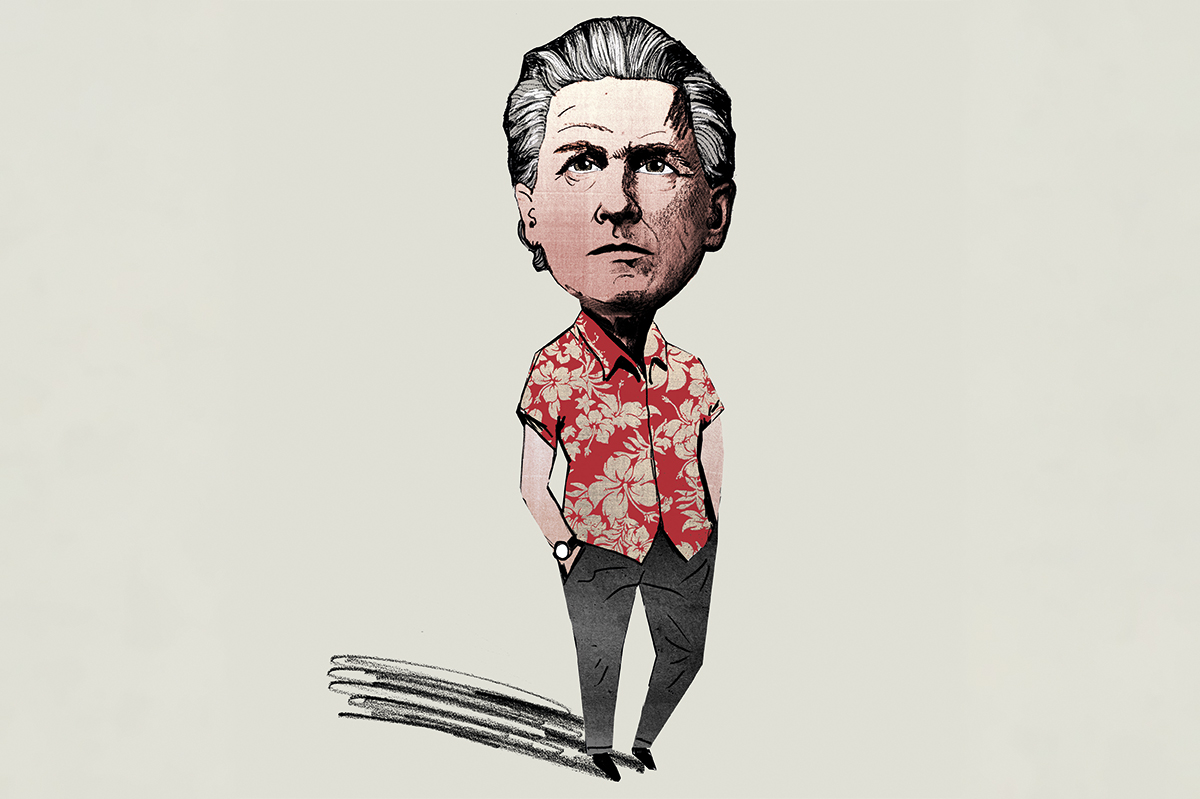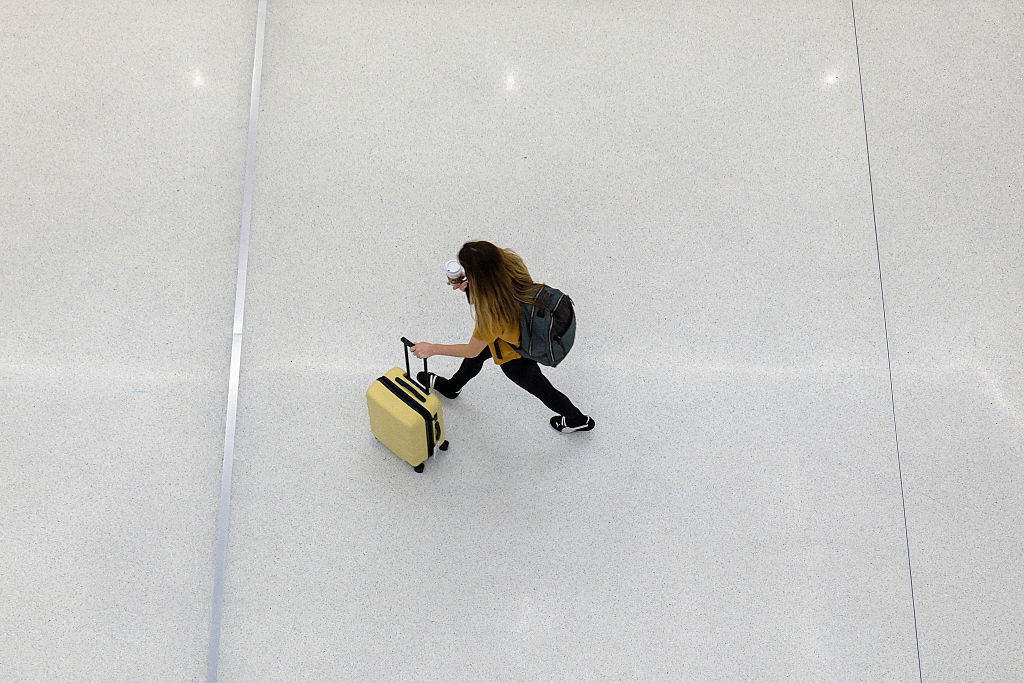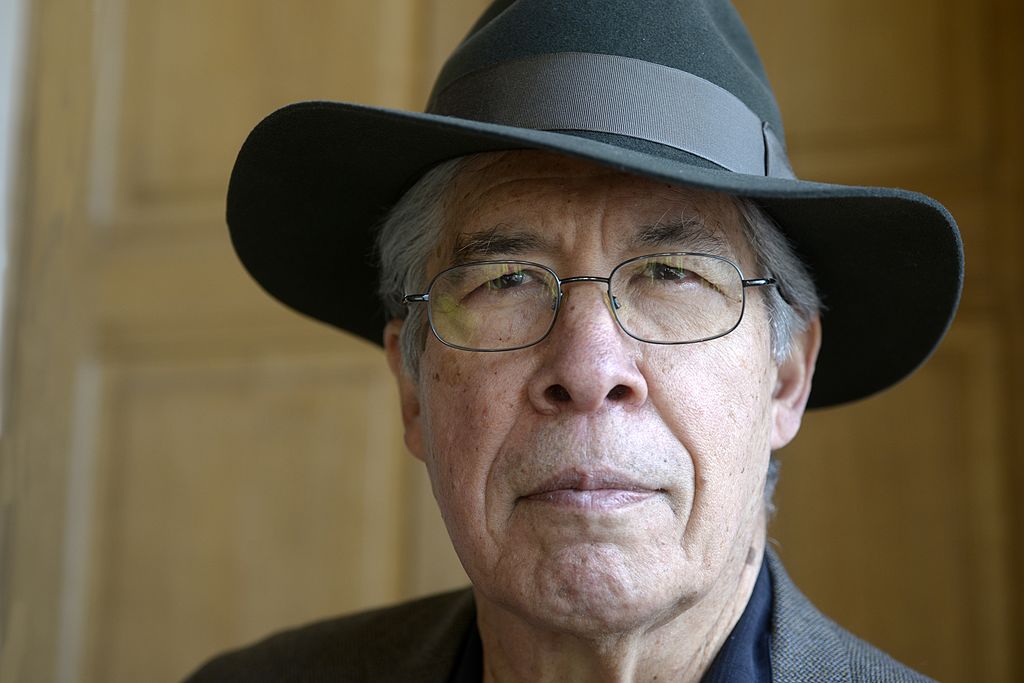Lonnie VanHook was preparing to board the train to Oregon when his body gave out. The Navy veteran is accustomed to these sorts of betrayals. He is quadriplegic and legless to boot; a rare form of cancer is eating away at his skeletal-muscle tissues and bladder. He awoke in a facility surrounded by medical professionals wearing the plastic countenances of concern and sympathy they picked up during the med school lessons on bedside manners. During the interaction, Lonnie told them about the reason for his upcoming trip. You can picture the Oakland native rolling his eyes as he has prepared for the rebuttal. The doctors, no doubt, exchanged astonished glances. Lonnie, what were you thinking?!? You don’t need to take the train. We can do that right here!
California legalized assisted suicide in 2016 after a photogenic brain cancer patient went to Oregon to kill herself. Each year a couple hundred Californians follow suit; some two-thirds of those who request lethal medication will end up ingesting it, according to the latest state report. But Lonnie says that he was pressured to choose euthanasia when he was in no condition to make a good decision. He was only saved from starving himself to death while awaiting his prescription through the intervention of his longtime doctor. He has joined a groundbreaking lawsuit brought by disability advocate groups arguing that California’s End of Life Options Act discriminates against those with disabilities.
The plaintiffs accuse Democratic governor Gavin Newsom of fostering a “two-tiered medical system” that “unlawfully and irrationally discriminates by steering people with terminal disabilities towards physician-assisted suicide and all others towards life-preserving suicide treatment services.” Challenges to assisted suicide have failed in the past on standing grounds, as courts have embraced the seemingly irresistible, “if you don’t want X, don’t get one” that passes for legal scholarship in the United States. The theory behind VanHook’s suit rests on a class-based discrimination argument; by definition those with terminal illnesses are protected by the Americans With Disabilities Act.
Those protections are more necessary than ever given America’s acute mental health crisis — a crisis acknowledged in debates over education and guns and opioids and Covid, but for some reason almost entirely ignored when it comes to legalized self-destruction. On October 8, 2021, Newsom signed a law requiring insurers to provide mental health care within ten business days. That was three days after Newsom signed another law to decrease assisted suicide wait times from fifteen days to forty-eight hours.
“You may have to wait months to get a wheelchair or adequate housing. Even in a mental health crisis, you may have to wait seventy-two hours — but you can get these suicide pills in forty-eight hours,” says Matthew Vallière, executive director of the Institute for Patients’ Rights, one of the plaintiffs in the suit. “Only in cases of disability does California say, ‘we won’t give the standard of care for suicide prevention — we’ll instead help them kill themselves, and the state will pay for it.’”
In the United States, assisted suicide is legal in ten states and the District of Columbia. A bill to legalize the practice in Nevada just passed the state senate. Opponents are borrowing a page from their ideological adversaries, who successfully weaponized the courts to bypass unwilling legislatures in other locales. The practice was banned in Canada until its highest court deemed self-annihilation a human right. It was originally limited to those with terminal diagnoses, and a mere thousand or so Canucks died by euthanasia in the first year of legalization. By 2021 the number had increased tenfold; in middle of the Covid-19 pandemic, 3 percent of all deaths in Canada occurred by euthanasia. This was not because cancer had suddenly spiked in the Great White North. It was because in the five years since the law was enacted, political and legal wrangling allowed Canada’s medical aid in dying system to incorporate not just those diagnosed as terminally ill but the perpetually ill too.
This was not without controversy. A Paralympian war hero was pressured to choose euthanasia when the healthcare system objected to paying for medical equipment to transfer her from her bed to her wheelchair. A depressed man was euthanized for “hearing loss” because he refused to wear his cochlear implant; his family says he “lacked the capacity” to understand the request process. Despite these and other horror stories Canada’s Medical Assistance in Dying (MAiD) program is readying for expansion. It is poised to allow those with mental illness and suicidal ideation to see the job through in the coming months and is in the process of exploring a provision that would allow minors to choose euthanasia.
There is nothing to stop an assisted suicide regime once it has been put into place, particularly when the very people charged with serving patients have incentives to look the other way. And boy, does assisted suicide deliver. Canadian researchers have estimated that every $1 spent on euthanasia will save as much as $23 in healthcare costs — savings that could add up to about $140 million each year. A 1998 study on assisted suicide’s potential impact on the United States health system found it would save the equivalent of $1.2 billion each year. It is unsurprising that the American study was co-authored by the barely closeted eugenicist Dr. Ezekiel Emanuel, most famous for his role as an Obamacare architect.
The recent pandemic gave the public health establishment an excuse to begin treating daily life as a triage unit where medical resources could be allocated by the value judgments of doctors; assisted suicide makes that a permanent feature of everyday life for the disabled. Lonnie intends to put a stop to it.
“Mr. VanHook wants to continue living; he would not choose assisted suicide while exercising sound judgment,” the suit says. It will be up to the federal courts to heed his cry for help.
This article is taken from The Spectator’s June 2023 World edition.

























